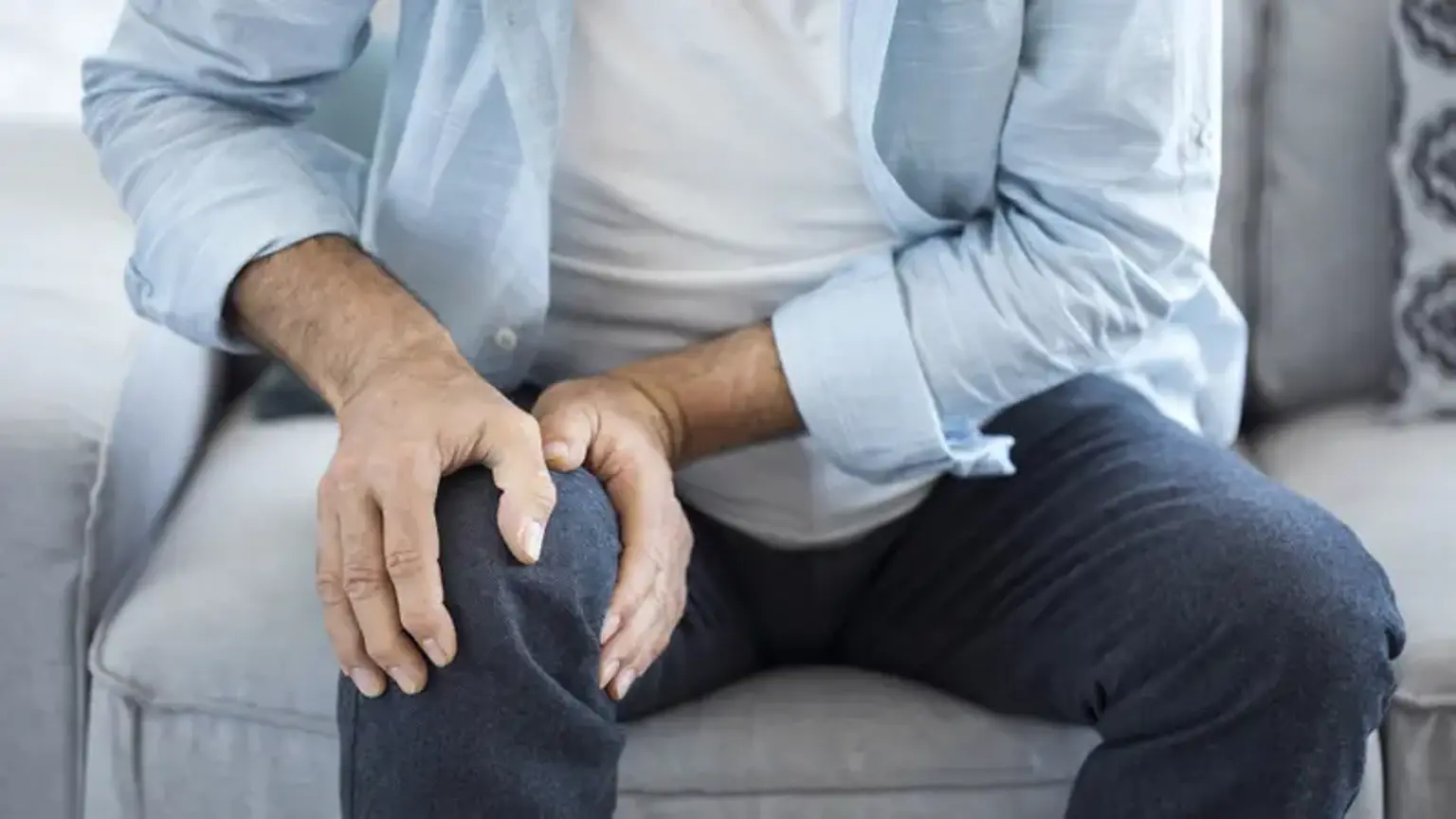Introduction
Prosthetic Joint Infection (PJI) is a serious complication that can occur after joint replacement surgery, affecting patients who have undergone procedures like hip, knee, or shoulder replacements. Infections of the joint prosthesis can be caused by bacteria that enter the body during or after surgery, leading to symptoms like pain, swelling, and fever. PJI not only threatens the success of the joint replacement but can also lead to severe complications like sepsis if left untreated.
With the increasing number of joint replacement surgeries performed globally, the incidence of PJI has become a growing concern. Early detection and effective treatment are critical to improving outcomes and minimizing the long-term impact on patients' health and mobility. This article will provide a comprehensive look at PJI, its causes, diagnosis, symptoms, and the latest treatment options available.
Understanding PJI: Causes and Risk Factors
PJI is most commonly caused by bacteria, including Staphylococcus aureus and Streptococcus species, which can infect the prosthetic joint during surgery or afterward through bloodborne pathogens. These bacteria can form a biofilm on the surface of the implant, making them difficult to treat with antibiotics alone. The infection can either occur shortly after surgery (acute PJI) or develop months or even years later (chronic PJI).
Several risk factors increase the likelihood of developing PJI, including:
Age: Older adults tend to have weaker immune systems, making them more susceptible.
Diabetes: Patients with diabetes are at a higher risk of infections due to poor wound healing and immune system dysfunction.
Obesity: Obese patients may experience complications from both surgery and infection due to poor blood circulation.
Immunocompromised states: Conditions like HIV or medications that suppress the immune system increase infection risk.
Previous infections or surgeries: A history of infections or multiple surgeries around the joint can predispose a patient to future infections.
Understanding these risk factors is crucial for preventing and managing PJI. Preoperative screenings and careful monitoring after surgery can help reduce the chances of infection.
